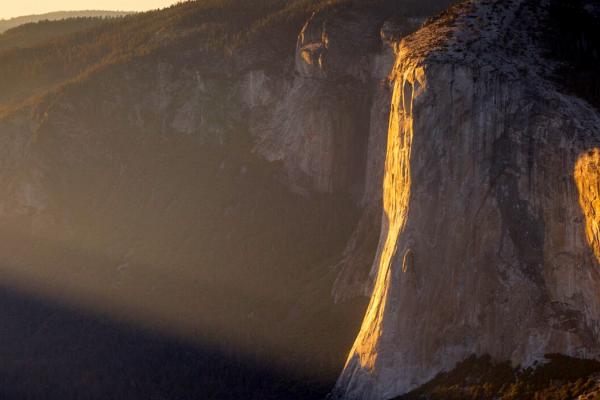THIS MONTH SEES several liturgical transitions. Epiphany, the season of light and revelation, comes to a close. Jesus’ transfiguration is its own epiphany. The church enters the season of Lent, beginning with a focus on human frailty and failure—and for many people an evening (or week) of indulgence in things that bring joy, pleasure, and sweetness. The light is still there, but we are peering more intently at the shadows.
The opening prayer for Ash Wednesday in The Book of Common Prayer begins, “Almighty and everlasting God, you hate nothing you have made and forgive the sins of all who are penitent.” The readings for the first week present the God whose power and splendor in creation is only matched by her care for her children. The radiance of the transfiguration also shines a light on the ways in which we are not like Jesus, yet he chooses to leave the mount of illumination and return to the world that needs his light. The readings for the third week attend to the world God has made, calling us to care for it in partnership with God. And on the final Sunday, Jesus teaches about his death and resurrection, the greatest transition in the scriptures.
Read the Full Article

